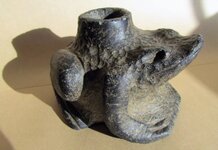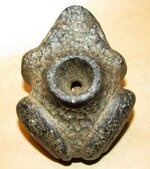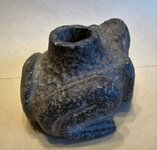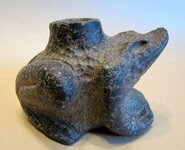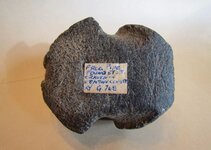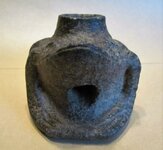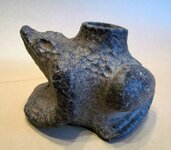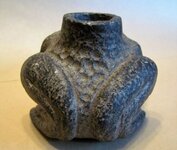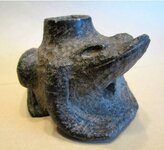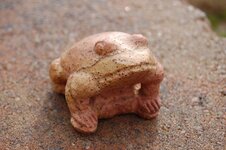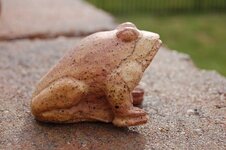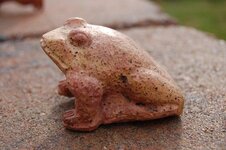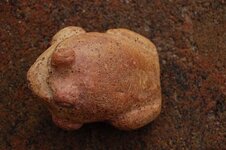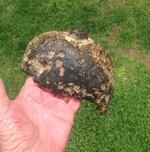Hi there, I was hoping someone can tell if there are any dead giveaways on if this pipe is modern/fake/reproduction? I never buy artifacts, but spotted this and couldn't pass it up since it says it was found in Kenton Co, Ky, where I was born and raised! I have doubts about its age, but unsure. what do you guys think? Any input is appreciated, thanks for your help!
Attachments
Upvote
0


